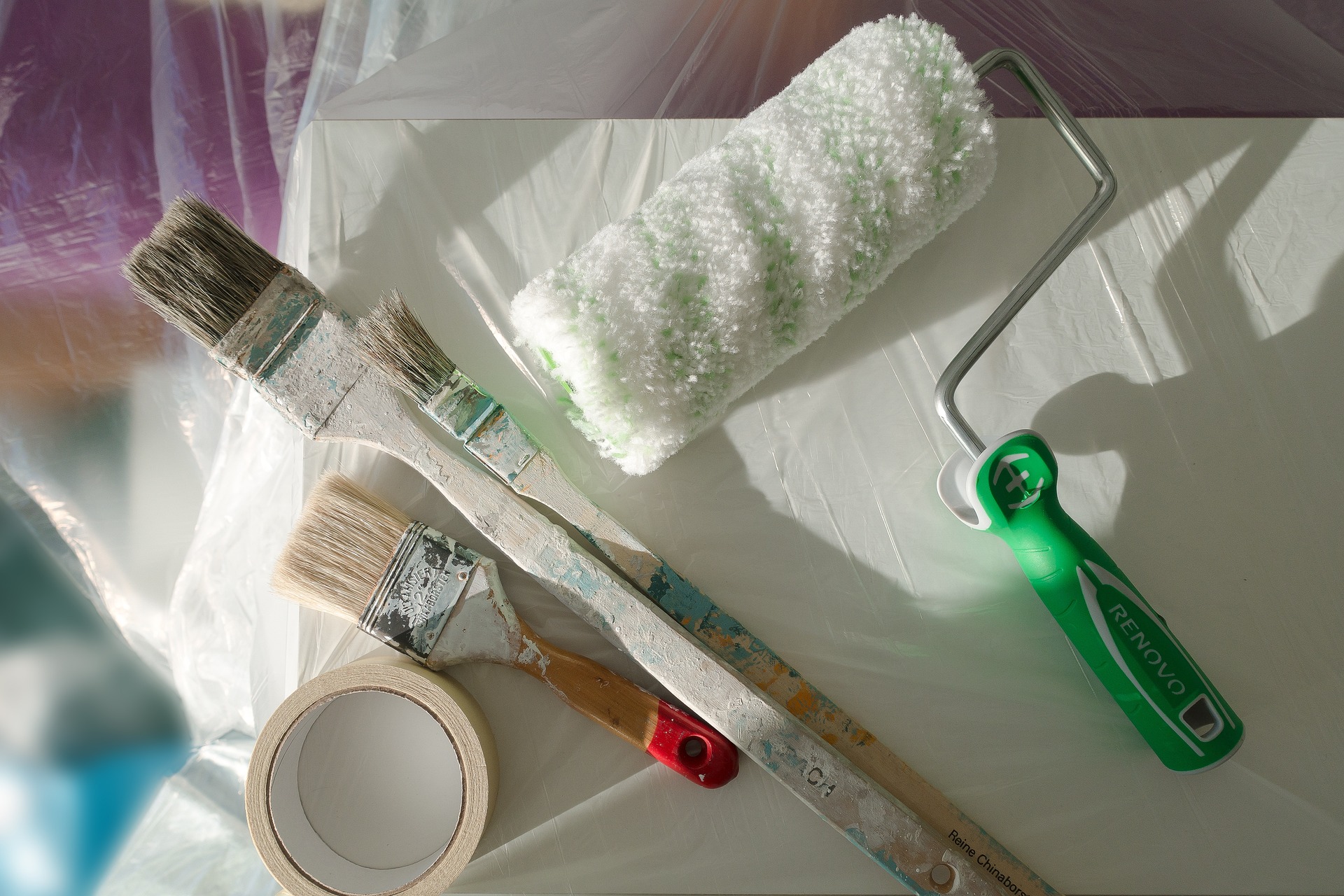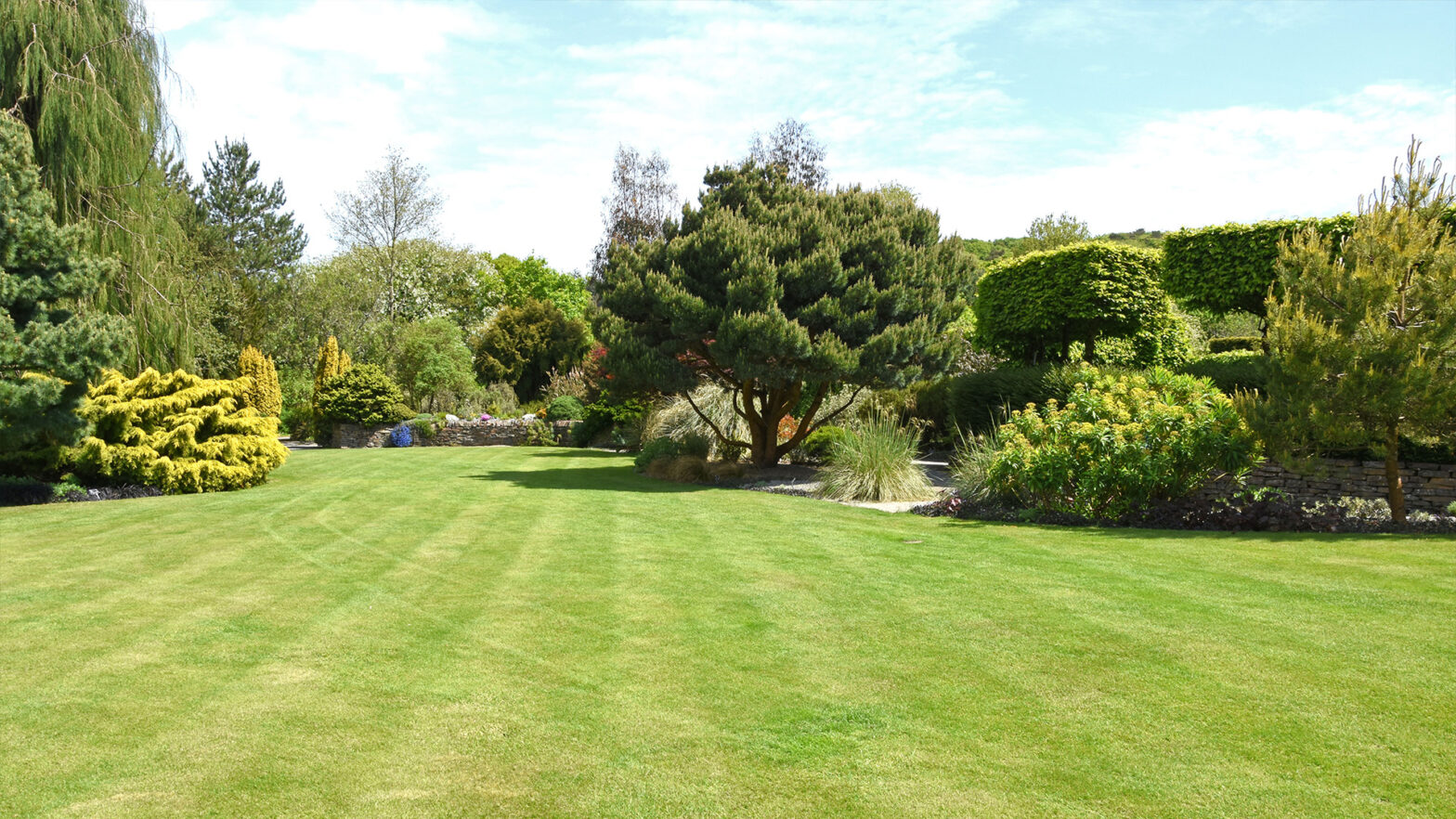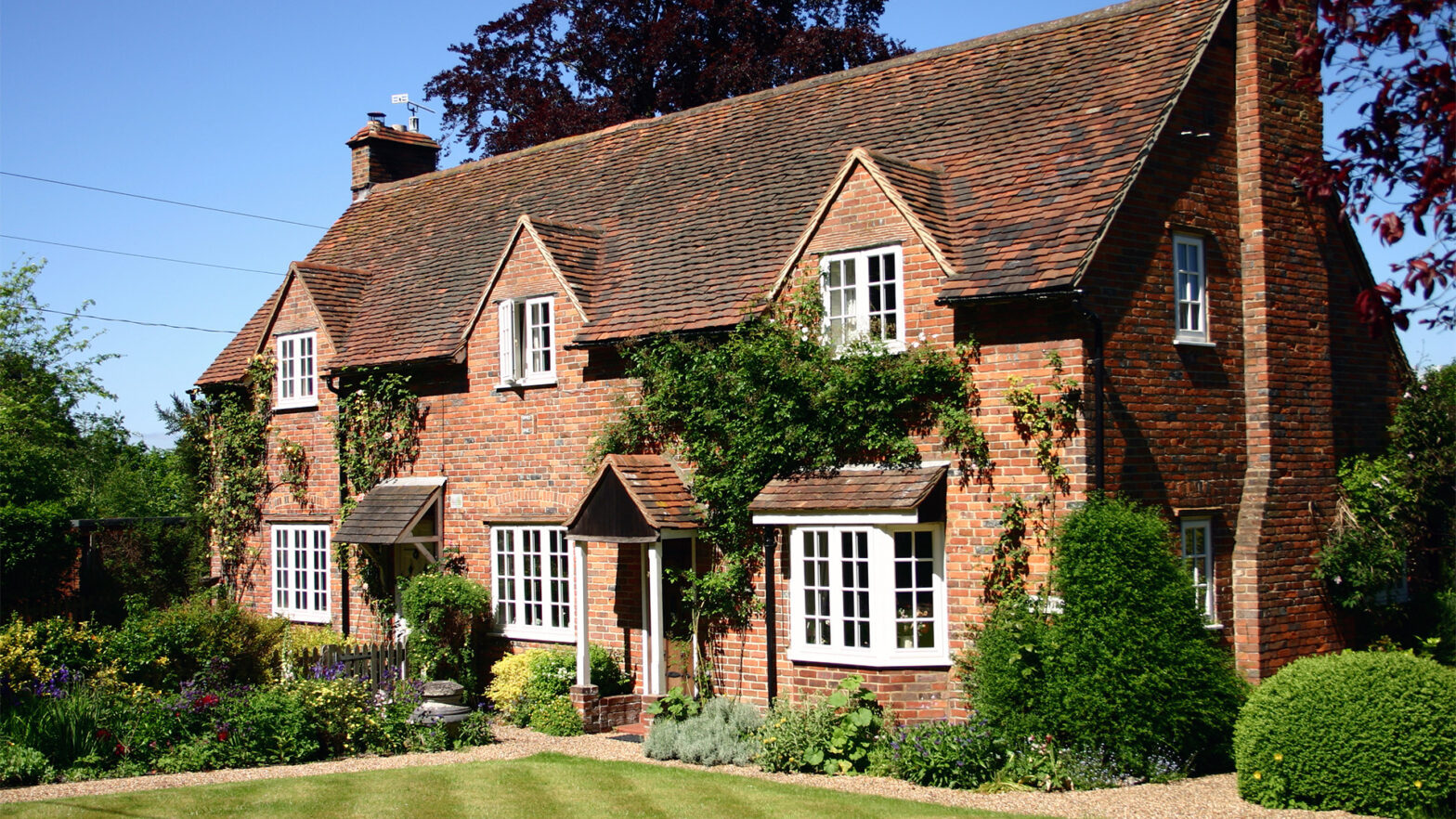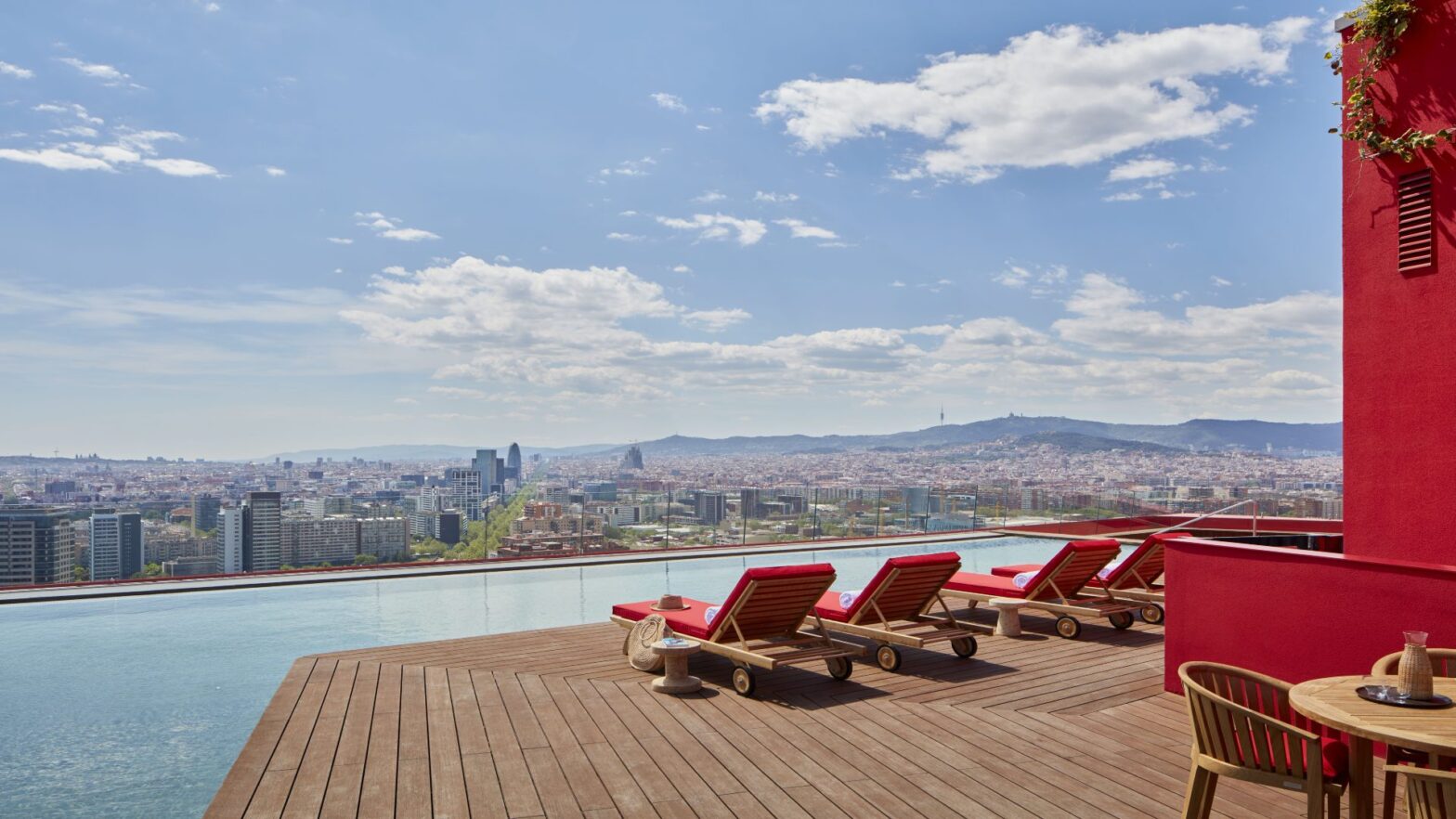Embarking on an interior home design project journey can be both exhilarating and challenging. Done correctly, it’s an excellent way to breathe new life into your living space, transforming it to match your evolving needs and tastes. Whether you’re aiming to create a more comfortable and functional environment for your family or to boost your property’s appeal for a prospective sale, this guide is designed to equip you with crucial insights and practical tips.
Over the next few sections, we’ll delve into the strategic aspects of planning and executing a successful design project. From understanding the inherent value of home interior design projects to budgeting and choosing the right professionals, we aim to provide a comprehensive road map to navigate your home transformation journey.
Understanding the Value of Interior Design
Interior design can serve a dual purpose. Firstly, they can substantially enhance your everyday living experience, creating spaces that reflect your personal style and cater to your lifestyle needs. Secondly, they can significantly increase your property’s market value, making it an attractive proposition if you decide to sell. Strategic improvements such as updating your kitchen, adding an extension, or enhancing energy efficiency can yield high returns on investment. However, beyond these quantifiable gains, interior design projects can transform your house into a home that you truly love and enjoy living in. This intrinsic value – the joy, comfort, and satisfaction derived from a well-designed home – is priceless and should be a key consideration when planning your renovation project.
Setting Clear Goals for Your Interior Design Project
The first step in any successful project is setting clear, well-defined goals. This crucial stage involves determining why you’re changing up the interior and what you hope to achieve. Are you looking to improve your quality of life by creating a more comfortable and functional space? Or are you aiming to increase the resale value of your property? These goals will directly influence your design decisions, material choices, and budget allocation. If selling your property is the primary aim, then it’s important to focus on interior design projects that appeal to a broad range of buyers, such as updated kitchens and bathrooms. However, if the renovation is for personal enjoyment, your preferences and lifestyle should take centre stage. By identifying your interior design project goals early on, you can ensure a more streamlined, effective planning and execution process.
Building Your Design Budget: What to Consider
Establishing a realistic budget is an essential component of any successful design project. This involves considering all potential costs, from materials and labour to permits and even a contingency fund for unforeseen expenses. When budgeting, it’s important to balance your desires with your financial capabilities to avoid overextending yourself. Be sure to seek quotes from several contractors to ensure you’re getting a fair deal. But remember, the cheapest quote isn’t always the best choice. Consider factors such as the contractor’s reputation, quality of work, and warranty provided. Additionally, keep in mind that while certain interior home projects might require a larger upfront investment, they can lead to long-term savings, like energy-efficient upgrades. LED lights not only save money, they can also suit your designs, too! A well-planned budget will help keep your project on track, prevent cost overruns, and ensure you achieve the maximum value from your renovation.
Choosing the Right Professionals for Your Renovation
A key determinant of your interior design project’s success is the team of professionals you choose to bring your vision to life. Depending on the scale and complexity of your project, you might need a variety of experts, from builders and electricians to plumbers and architects. Hiring an architect, in particular, can provide invaluable expertise in the design phase, helping to maximise space, enhance functionality, and ensure your interior design project aligns with regulations. When selecting professionals, consider their experience, reputation, and previous work quality. Don’t just settle for the lowest quote; remember, a well-executed renovation is an investment that can significantly increase your home’s value. It’s crucial to ensure you have a good rapport with your team, as clear communication will be key throughout the project. Lastly, always check for appropriate licensing and insurance to safeguard your investment.
Balancing Aesthetics and Functionality
Designing the ideal interior of your home involves striking a balance between aesthetics and functionality. While it’s important to incorporate design trends and personal style preferences, these should never compromise the overall practicality and liveability of your space. Start by considering how you and your family use each room. What layout will facilitate movement and activities? What storage solutions will help keep clutter at bay? Once these functional elements are in place, you can start thinking about aesthetics. Choose colour schemes, finishes, and fixtures that reflect your personal style and create a cohesive look throughout your home. Ultimately, the best interior design techniques are those that seamlessly merge the practical with the beautiful, creating a home that’s not only visually appealing but also truly liveable.
Maximising Space with Clever Interior Design Techniques
Optimising space should be a top priority. This is particularly relevant in the UK, where many homes, especially period properties, may have smaller rooms or awkward layouts. By removing non-structural walls, you can create a sense of spaciousness and improve flow between rooms. Multi-functional furniture, such as ottomans with storage or wall beds, can also help utilise space efficiently. Additionally, smart storage solutions like built-in wardrobes, under-stair storage, or custom cabinetry can keep clutter at bay and make rooms feel larger. Don’t forget the power of illusion – using mirrors, light colours, and strategic lighting can give the impression of a larger space. Lastly, extending upwards or outwards, with a loft conversion or extension, can provide valuable extra space, although planning permission may be required. With careful planning and creative design, even the smallest home can feel spacious and comfortable.
Final Thoughts
Embarking on a home interior design project is a journey filled with creativity, strategic planning, and decision-making. It’s an opportunity to transform your living space into a reflection of your style and needs, while potentially increasing your property’s value. From setting clear goals and building a realistic budget to choosing the right professionals and balancing aesthetics with functionality, each step plays a crucial role in the success of your project. Remember, the key is to maximise your space smartly and create a home that’s not just visually appealing, but also comfortable and functional. Your home is not just a property; it’s a space where memories are created and lives are lived. By investing time and effort into thoughtful renovations, you’re investing in the quality of your life.





















